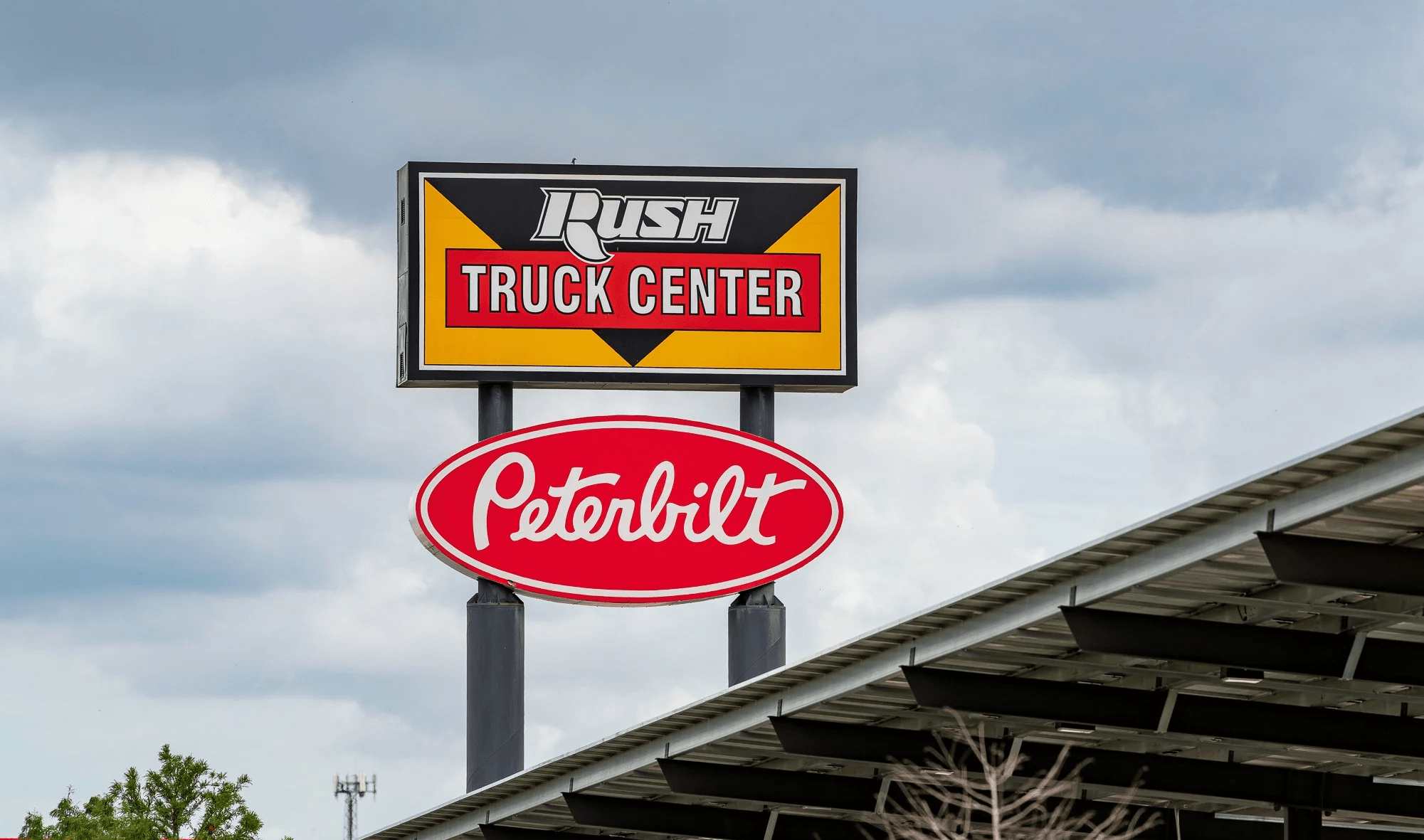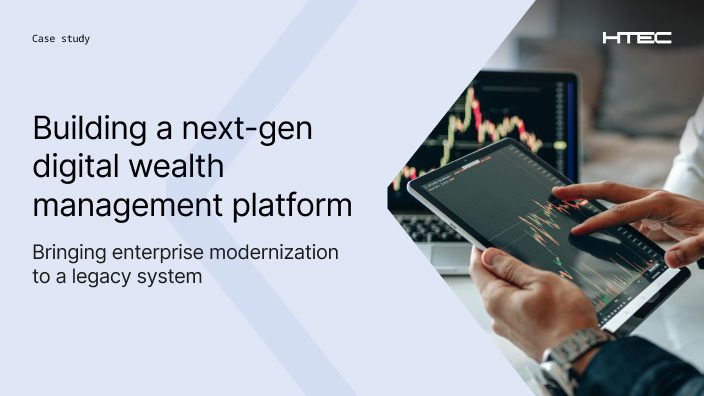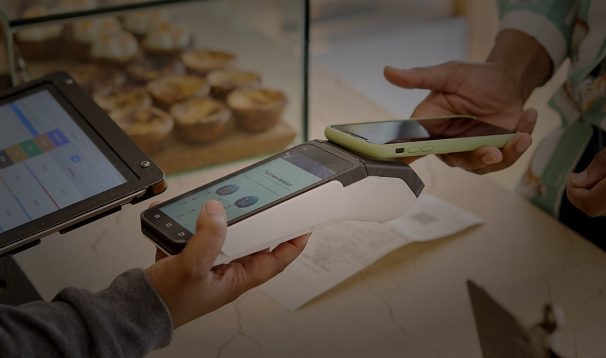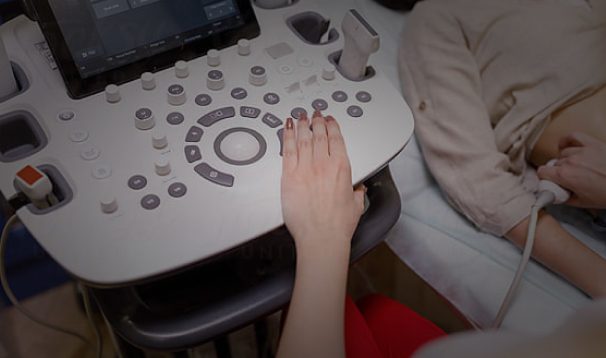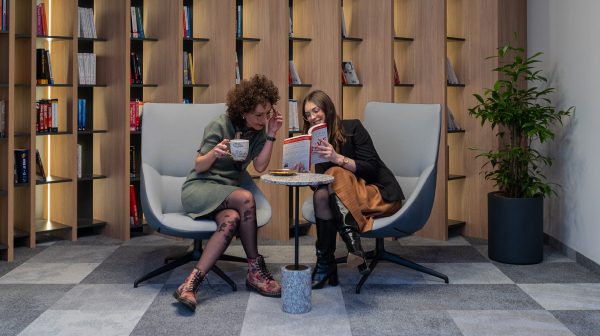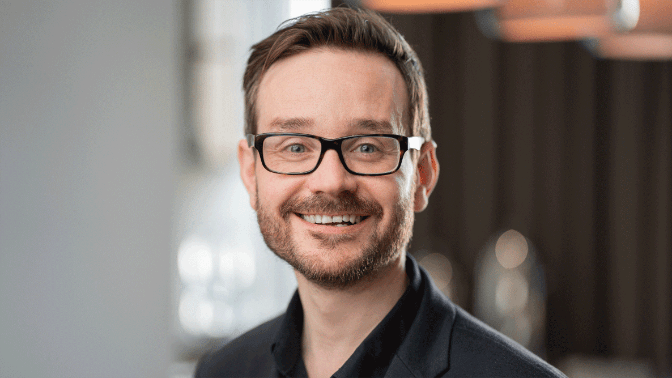The de facto face of Momentum Design Lab’s European operations, Mark Scrivener has carved out a long and fruitful career spanning the entire breadth of the playing field between engineering and design. Now under the wing of HTEC, Mark and the entire Momentum team are looking to leave an even greater mark on the shape of tomorrow by fusing innovative thinking with state-of-the-art engineering to provide impactful future-proof solutions.
Mark’s mind is a treasure trove of experiences and insights, and we were delighted at the opportunity to place his professional journey under the spotlight and prospect for the most valuable lessons from several decades of devotion to finding the right answers to burning questions.
We start off our conversation way, way back in Mark’s earliest formative years, where he identifies the first influences and inspiration for his future work.
“I was brought up in the countryside in the north of England, a city called Derby. We were in the hillsides, so we had all these natural elements, but Derby is also a big engineering and manufacturing city with a rich history all the way back to the industrial revolution—cotton mills, the railways, lots of big factories, such as Rolls Royce. The exposure to that combination of natural and engineered elements left a big impression on me in my early years, and those interests were further nurtured through my early education. The school was very organized and structured, which suited me fine, as I am the type of person that likes to know what’s happening and have all my homework in on time. I took a shine to engineering there—the woodwork classes, the graphic design classes, all of it was fascinating.”
Entering college at nearby Buxton (now Buxton & Leek), Mark found many of his interests coming together to form the vague outlines of a future career.
“I was taking a design engineering course there, learning all about AutoCAD and graphic design, and that’s when I began pursuing that thought of creating products. That was the point in time when James Dyson came out with his vacuum cleaners, and he was a big inspiration for me at that early age. Before that, it was the Edisons, but Dyson was someone I could relate to.”
Right about the same time as Mark was discovering contemporary role models, there was another seismic shift taking place, not just in engineering, but in the world at large. The introduction of microchips and personal computers was already transforming industries, and it was clear that it was just the beginning.
Mark emphasizes that his college experience with the new technology was enough to open his mind up to a more digital approach. With his horizon expanding beyond traditional engineering, he decided to leave the countryside dotted with markers of a suddenly bygone era of human endeavor and move to London.
“Coming to London, I studied product design engineering at Westminster University. The studies then had less of an engineering and more of a visual focus. We were told to draw what a banana smells like, draw the taste of an orange, and that abstract way of thinking opened my eyes up on how to problem-solve and come up with ideas—not based strictly on an engineering perspective, but also on experiences, thoughts, emotions, empathy. Furthermore, I moved into university with a group of fashion students, and that exposed me to different dimensions of creativity and expanded my mindset.”
In line with his broadening perspective, during and after his university studies Mark applied his skills in a wide variety of areas. This includes everything from what he describes as Dyson-esque product development from a problem statement to a physical product (he reminisces fondly about his design for a collapsible umbrella for a washing line), to clothes design, architectural design, and beyond. He emphasizes that all these different engagements had the common denominator of product design, where different applications of the basic principles to diverse areas and the understanding of their specific processes and formalities helped him maintain a broader perspective and seek out interesting opportunities.
Mark’s expanding experience ultimately led him to his first role in digital product design.
“I started working in an established design company and I learned my digital trade as a project manager there. It was the early days of creating digital experiences, early days of AR and VR, and we did a lot of interesting, and sometimes wacky stuff. We worked with a number of fashion brands to design unique user experiences and a lot of other cool stuff that didn’t focus on the product itself, but on the users’ experience of the product. This was my true introduction to the new world that held so much more than just the engineering element. I still appreciated engineering and the hard work of building things, but I was beginning to understand that the user experience on top of the product was becoming increasingly important.”
The sudden emergence of a new digital dimension of product design meant that the industry was transformed overnight and that many of the old rules of the trade no longer applied. Mark admits that making a mental adjustment to the new reality was a process.
“I was excited about all the creative avenues that were suddenly opening, but I was struggling to perceive the tangible, monetary value of it all. These days, the value of things like brand awareness and engagement is widely recognized, but in the early days it wasn’t so. Before, the entire industry was focused on physical products and I kept thinking ‘what is the product we’re selling?’, or ‘we’re not making billable profit for a client’. My mind was still set on tangible products. I was overcommitted to thinking about how we could turn these ideas into ‘real’ products, and it took me some time to understand that the perceived value was just as strong as the physical value. Of course, it wasn’t my struggle exclusively—the whole industry needed time to adapt and recognize the value of engagement, awareness, retention.”
The industry was quick to catch up with the seismic paradigm shift, and Mark’s career trajectory would suggest that his adjustment period did not last too long either.
“Next, I went from a digital product design role to being a project manager in sports entertainment, where my work was primarily related to data. I spent five years studying data, understanding how to present it to the end user, how to turn it into products, how to create different flavors of that product for different cultures and geographies, product rollout, team application, maintenance—all these different things coming together.”
From there, I went to a digital agency working in e-commerce for retail and fashion. So, my focus shifted from data to user experience. The work itself was diverse, building a brand from scratch, creating spin-off products, helping companies enter new geographical markets, and so on. That’s where I learned my service design, how to create better service for the customer through the experiences.”
With data playing an ever-growing role in almost every area of human activity, we were curious to hear Mark’s opinion on how much present-day product design is data-driven and how much it still relies on good old creative thinking.
“It is a bit of both. Let’s say a company wishes to increase their sales and brand awareness. To do that, they need to improve their website, the quality of their service, their branding and marketing, and it all comes together within the whole customer experience. It is about understanding the needs of the client and the big opportunities in the market, and then using data to design concrete solutions.”
Mark’s ever-expanding experience has provided a comprehensive strategic and operational education in many avenues of product design. Simultaneously, an opportunity to utilize all that knowledge and experience was heading his way. Momentum Design Lab, an award-winning digital product design studio based in the US, was experiencing increasing demand for their services and needed help to handle its growing clientele.
What started out as a few surplus projects steadily grew into a sizeable London team that now has a lovely new office space and continues to expand. Mark was involved from the start, growing and fine-tuning the team while simultaneously evolving things in Momentum as a whole.
“The exciting thing here is that I’ve always worked from within, using my initiative and making things work. I’ve grown our business and I want to always make sure we can find the processes to improve and streamline, improve and grow our teams and build upon that. Five years on, we’ve now got a solid team. We’ve shifted from contractors to permanent, and we’re continuing to grow out the office.”
Mark’s work with Momentum has been marked by a fundamental back-to-basics approach that focuses on understanding what the client’s drivers are and what they truly need.
“If I looked back at all the previous projects in the past agencies I worked with, if I understood what the clients really needed, we would be able to give them more value. What we tend to do now with Momentum is build out the team around what the client needs and grow it from design thinking, playing back to the client what their current status is, how they’re performing in the market, who their competitors are. These are all the common questions that if I knew ten years ago, it would have been easy to understand the job that needs to be done—questions based on the user, the value, the product, the competition. That’s the framework we use with Momentum, utilizing design thinking to analyze all these different aspects that help us understand how to give value to organizations. To illustrate, we can look at Henry Ford, who went in a different direction when everyone was calling for more horses, bigger wheels, and bigger carriages, and found a different answer to the fundamental question.”
This dedication to identifying and providing value for the client is perfectly aligned with HTEC’s modus operandi and has represented a strong driver for the recent acquisition of Momentum. It is a symbiosis with clear benefits for both parties, where HTEC strengthens and expands its ability to provide value in product design, while Momentum gains substantial technological backing for their work. With the young partnership already starting to impact our shared project work, we were curious to learn whether anything was different in Mark’s post-merger everyday work.
“Before, we were a UX agency, a product agency working with a small development team. Now we have HTEC’s technological expertise as a powerhouse behind Momentum. Now we can call upon that knowledge base at any time, and it’s something that our clients love. We’ve got genuine experts who can offer advice and guidance from the earliest stages.”
“We see Momentum as the spearhead of HTEC, where we come into organizations and ask the right questions, and then rely on this immense technological backbone to formulate and implement solutions. We’ve always helped our clients grow from the perspective of design direction, and now we can continue to do so with an educated tech drive.
It’s something that I’m excited about, because it helps organizations improve their performance, improve the user experience, thus helping the user and creating greater value for everyone involved. So, any organization that’s willing to listen and adapt is an organization we want to be involved with.”
With all the different avenues, alleyways, and detours his career has taken and continues to take, Mark has built himself as a versatile, all-purpose player in the product design arena, capable of contributing and improving things in all aspects of work. Versatility seems second nature to Mark, but we were curious to learn whether there are any aspects of his work that he enjoys over others.
“I like those ‘aha’ moments when things click, when you finally understand what is the job to be done. At Momentum, we run internal sessions called ‘What’s the point?,’ where all of our team will sit down for an hour or two and look at a project. We pick it apart and assess what is the point of our work on it, why are we doing this. And sometimes it comes to that crystal clear ‘eureka!’ moment where everything comes into place, and we all understand what we need to be doing. It’s those moments that create excitement, shape the direction that everyone loves, and lead to creating really good products. With Momentum, we’ve been fortunate to work with some amazing clients, including a number of unicorns, who have had great ideas, great direction, and that’s what excites me—being a part of processes that can change the world.”
Changing the world is an overused phrase, but it is also one that we don’t take lightly. It speaks to the degree and the impact of work we do daily at HTEC and Momentum. We continue to ask the fundamental question “what is the challenge we are trying to resolve?” and strive to provide and productize meaningful answers. We are delighted to have people like Mark working alongside us, fully confident that together we can find the best answers to the questions to come.
